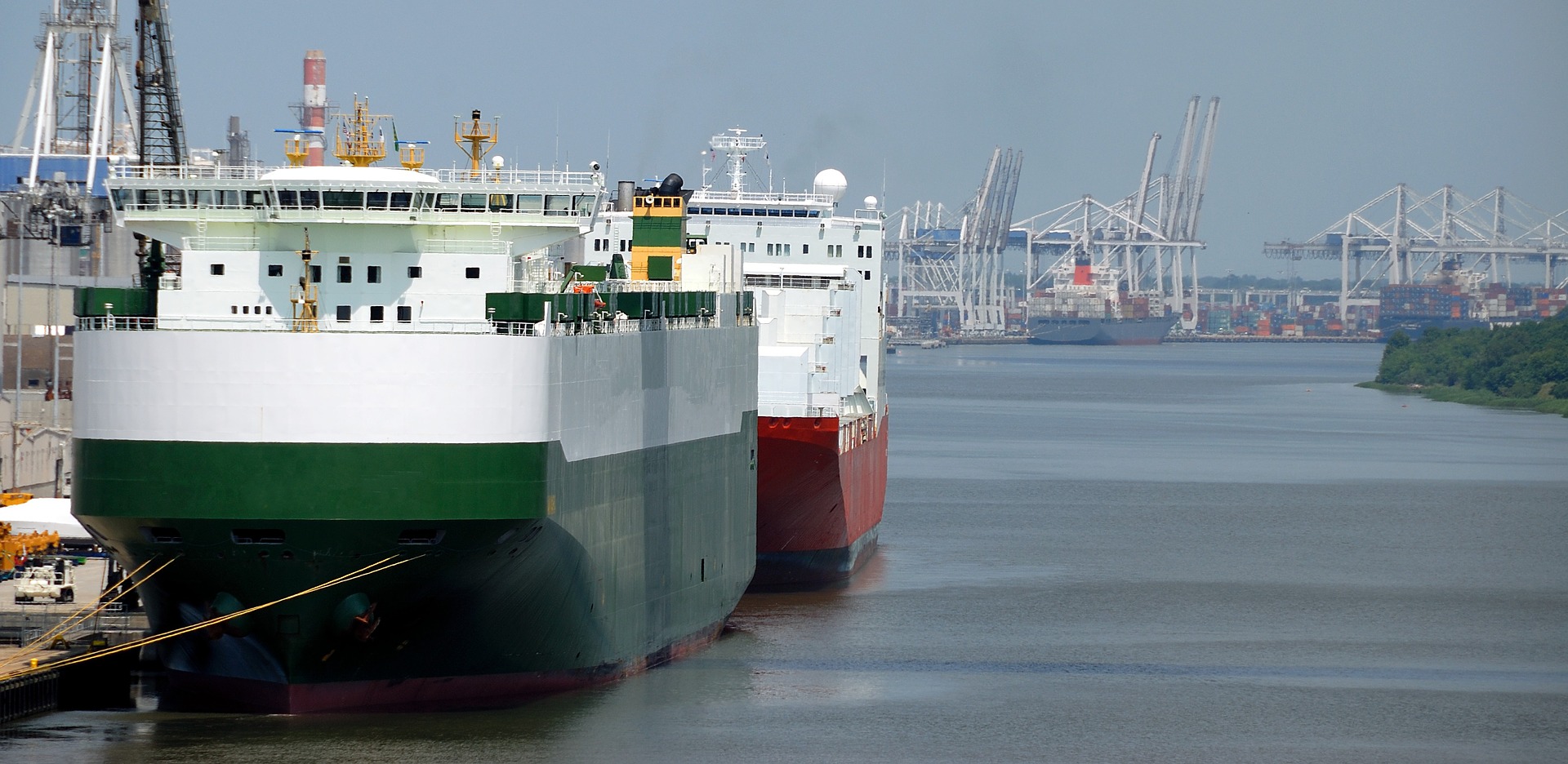Cargo stowage can be described as the process of accommodating cargo into a transport unit or a vehicle so that it will arrive to the destination in a safe and timely manner. Efficient cargo stowage processes are important in shipping because under-performing stowage systems and processes waste resources, disrupt supply chains and strain the environment. Well-functioning processes, on the other hand, help to ensure that vessels are sailing as fully loaded as possible, using optimised speed to reach the next port as scheduled.
In cargo stowage processes, the benefits digital tools and solutions can provide are plenty and not confined to vessels alone. Rather, the benefits spread across the value and supply chains. This is because ports, ships and other links of the supply chain are increasingly integrated in multi-modal data platforms which enhance efficiency in stowage processes as well as in voyage planning and execution. For example, using digital technologies to translate ship location data into real-time arrival estimates enables more secure and efficient coordination and planning of all operational supply chain links. With the help of 3D scanners, virtual reality and augmented reality technologies it is possible to increase transparency in terms of cargo unit positions, states and conditions which improves cargo stowage operations at terminals even further. Improved efficiency results in shorter port stays which, in turn, provide ship operators with options to reduce fuel consumption and emissions by sailing slower. Furthermore, customers at ports will receive faster and improved service due to reduced port time. All in all, proper utilisation of digital solutions in cargo stowage processes reduces expenses and adverse environmental impacts.
In ECOPRODIGI, cargo stowage optimisation was one of the three main industry cases which was explored by a team consisting of university researchers, digital solution provides and representatives from the Danish shipping and logistics company DFDS. The focus of the work was on roll-on/roll-off (RoRo) ferries and the ways digital decision support tools can improve end-to-end processes, i.e. the whole process that takes place before, during, and after cargo stowage. The team analysed data and processes before creating and piloting several digital solutions which aimed to reduce the port stays of the vessels. These tools included a discrete-event simulation tool demonstrating the different effects of single- and dual-cycling of cargo, a tablet-based software which provides better insight into the loading status and optimisation of the cargo stowage, and a forecasting tool to estimate when specific cargo items are discharged at a port and to determine when trailers are ready for pick-up.
The findings from ECOPRODIGI indicated that the utilisation of digital technologies can really improve the loading and discharging of vessels, reducing the overall time spent at ports. As a result, ships can sail slower and use less ballast water which, in turn, translates into fuel savings of up to 10% per voyage as well as reductions in harmful emissions. It was also discovered that digital tools and solutions provide many further opportunities for optimising the whole end-to-end value chain. In EXOPRODIGI, project partners from University of Southern Denmark, Kockum Sonics AB and Visinator AB continue the work with the intention to implement a “Proof-of-Concept” for cargo stowage optimisation. The aim is to gain additional business and environmental benefits from piloting digital tools in cargo stowage processes that have proved to be inefficient. As was the case in the previous project, DFDS participates in the development processes and provides its operating environment for testings.
In practice, the work in this part of EXOPRODIGI revolves around various development activities which all contribute towards the end goal of cargo stowage optimisation. The process includes steps such as mapping future digital infrastructure of DFDS terminals, i.e. systems landscape and data flows for cargo stowage and operations, upgrading prototype AI/OR models for cargo stowage and operations, developing of DFDS module / application and integration with upgraded LoadmasterTM application to ensure stowage is done together with optimisation of ballast water, completing a prototype mobile version of LoadmasterTM application and testing / validating it with crew onboard and planners onshore, completing a full 3D scanning of one vessel to develop a library for simulation, conducting a progress testing / validation of vision solution to capture cargo unit IDs and positions, and finally evaluating the impact and documenting results and learnings before handing over the end-to-end digital solutions to DFDS and disseminating the results to a wider audience. Given the time frame of our project and the challenges caused by the coronavirus pandemic, the process is fairly intense but our partners are determined to plough through with their activities. We are eager to give you an update on this and our other work during our upcoming webinar in June so stay tuned for more information!
Want to know more about utilising digital solutions in cargo stowage processes? Check out the following outputs:
- Storymap: Optimising Cargo Stowage Processes
- Video: Piloting digital tools and services to make cargo stowage operations more eco-efficient
- Policy Brief: Optimising Cargo Stowage Processes
- Providing training for shipping and ports activities in the Baltic Sea Region
- Digitalisation roadmap: Maritime in the 21st century




